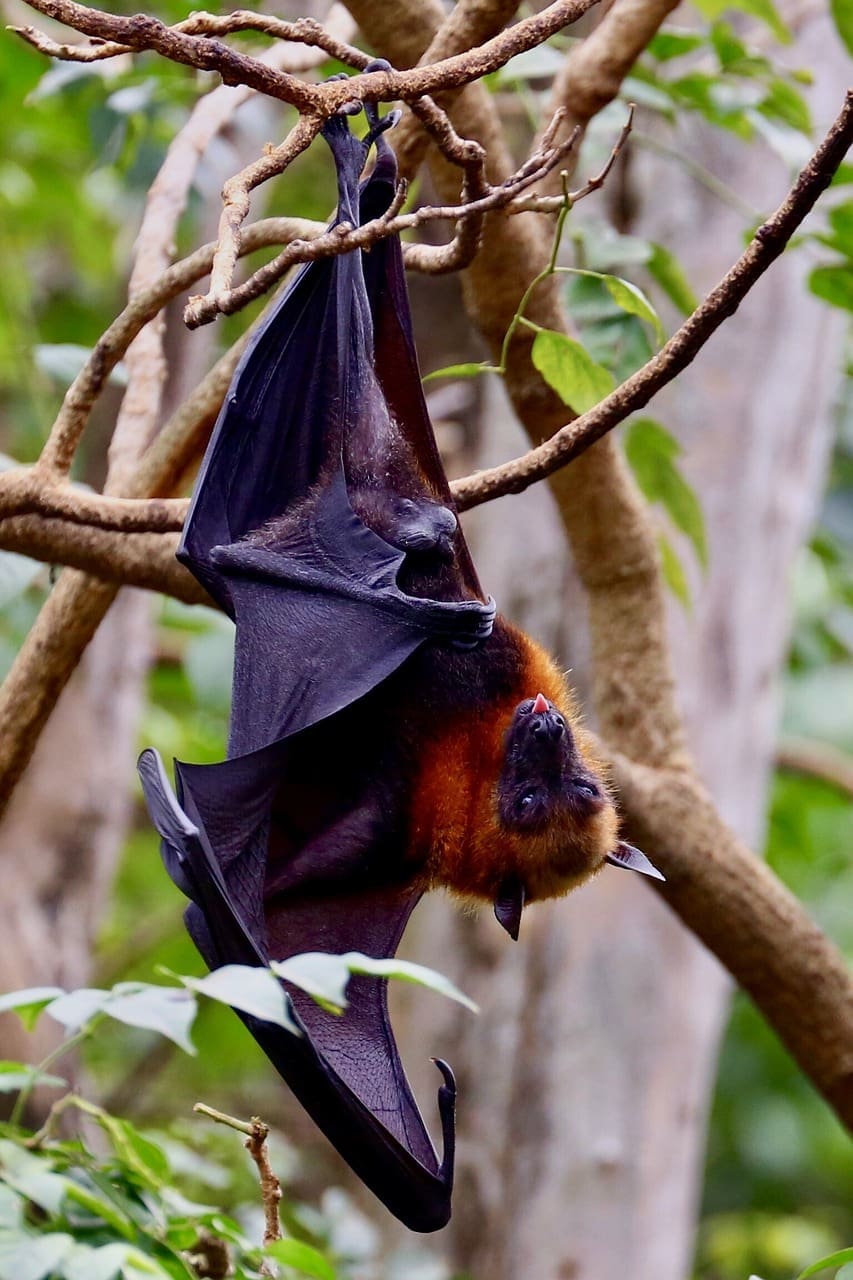[social_warfare]
The Unseen Dangers of Deforestation: A Deep Dive into Uganda’s Bat Poo Crisis
In the dense canopy of Uganda’s Budongo Forest, a strange and potentially dangerous new food source has emerged for the local wildlife: bat guano.
This phenomenon has come about not through natural evolution but as a dire consequence of human activity—specifically, tobacco farming, which has led to a severe depletion of the native flora.
The ramifications of this change are profound, shedding light on the complex interplay between deforestation and emerging infectious diseases.
The Unintended Consequences of Agricultural Practices
Over the last six years, a collaborative research project between the University of Stirling and the University of Wisconsin-Madison has unveiled startling findings about the diet of local wildlife, including chimpanzees, antelopes, and monkeys. Dr. Pawel Fedurek from the Faculty of Natural Sciences at the University of Stirling first observed these animals consuming bat guano, a substance rich in viruses, some of which are related to the infamous SARS-CoV-2.
The guano serves as an “alternative source of crucial minerals” for the animals, according to the study published in the prestigious Nature journal. This shift in dietary source is a direct result of the local palm trees being “harvested to extinction” to facilitate the drying of tobacco leaves, which are then sold to international markets.
The environmental impact of this agricultural practice extends beyond deforestation: it has created a pathway for potential zoonotic virus transmission, highlighting a subtle but devastating aspect of selective deforestation driven by global tobacco demand.
Viral Pathogens: A Hidden Threat in the Forest
Lab analysis of the collected guano revealed 27 viruses, all previously unknown to science, underscoring the vast unknowns that lie within wildlife and their interactions with pathogens.
Prof. Tony Goldberg from the University of Wisconsin-Madison pointed out the novelty of these viruses and the potential dangers they could pose to humans and other animals. “All 27 viruses were new to science,” he explained, “so we don’t know what effects they might have on humans or other animals. But one virus stood out because it was a relative of a virus everyone knows: SARS coronavirus 2.”
The study provides a critical example of how new infections might jump species barriers, a scenario that has become all too familiar with the recent COVID-19 pandemic. The potential for similar future outbreaks is real and alarming.
As Dr. Fedurek noted,
“Our research illustrates how a subtle form of selective deforestation ultimately driven by a global demand for tobacco can expose wildlife, and by extension humans, to viruses residing in bat guano, increasing virus spillover risk.”
This research not only raises awareness about the unintended consequences of agricultural practices but also stresses the urgent need for interventions to prevent future pandemics. By understanding the triggers and pathways of virus transmission from wildlife to humans, researchers hope to improve our ability to foresee and mitigate the risks of emerging diseases.
The Budongo case study is a stark reminder of the interconnectedness of our environmental, economic, and health systems. It underscores the need for a more sustainable approach to agriculture and land use that considers the long-term health of both the planet and its inhabitants.
As we continue to encroach on natural habitats, the line between wildlife and human disease reservoirs becomes increasingly blurred, necessitating a re-evaluation of our impact on the world around us.

